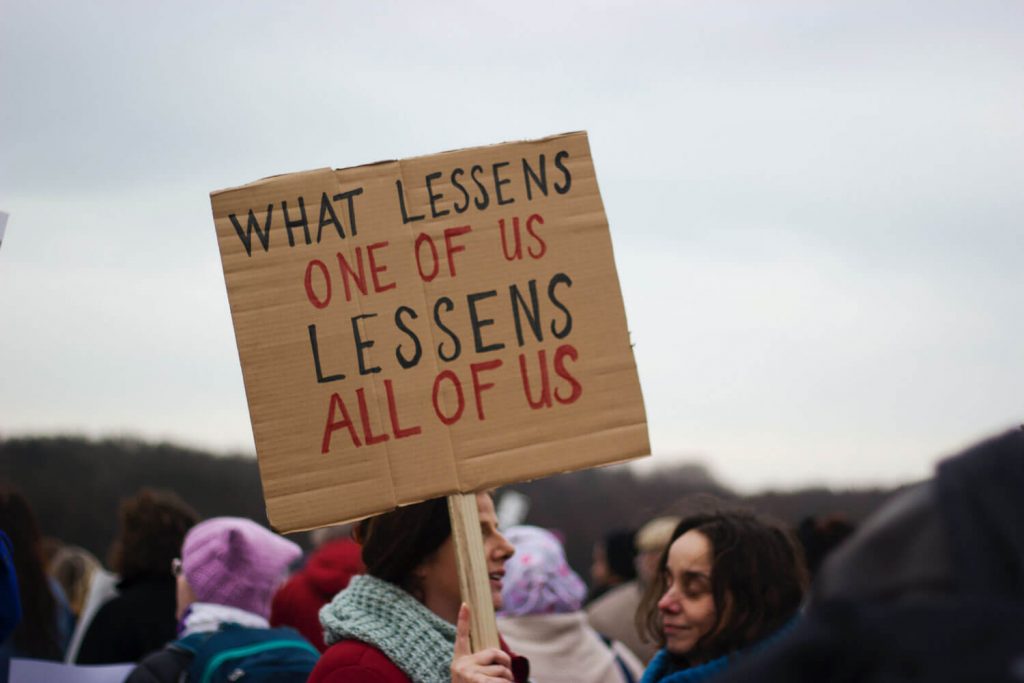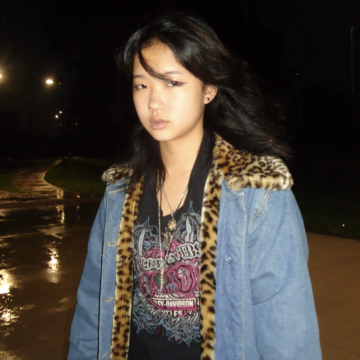
By Reshmi
“It’s a hot and humid day in Swat Valley, Pakistan
A young student boards the school bus since walking is no longer safe
She sits, chatting with her friends after a long day of exams
A man jumps onto the bus and pulls out a gun
The last thing the girl remembers is the sound of three gunshots
BANG, BANG, BANG
Her name is Malala and she was fourteen years old
Shot for no reason other than her desire to learn
We will FIGHT until girls don’t live with fear of attending school
We will FIGHT until education is a freedom, a right, an expectation for everyone”
This is the first stanza of a piece of slam poetry my friend and I wrote and performed at our school’s rendition of TED Talks. Over lunch one day, we discovered we shared a common passion—an insistence on equality in all forms, feminism in particular. We discussed the difficulty of combating social issues, but agreed that spreading awareness was one effective method. This casual exchange evolved into a project involving weeks of collaboration.
We realized that together we could make a far greater impact than we ever could have individually, so we composed a ten-minute poem aimed at inspiring people to consider important issues. We began by drafting stanzas, simultaneously editing one another’s writing, and later progressed to memorization, practicing together until our alternating lines flowed and phrases spoken together were completely synchronized. The performance was both memorable and successful, but more importantly, this collaboration motivated us to move forward to establish the Equality Club at our school.
Sophomore year, our club volunteered with organizations promoting gender equality, the highlight of the year helping at a marathon for recovering abuse victims. Junior year, we met with our head of school to convey our goals, outline plans and gain support for the coming year, in which we held fundraisers for refugees while educating students. This year we are collaborating with the Judicial Committee to reduce the escalating use of racial slurs at school stemming from a lack of awareness within the student body.
From this experience, I learned that it is possible to reach so many more people when working together rather than apart. It also taught me that the most crucial aspect of collaborating is believing in the same cause; the details will come as long as there is a shared passion.
Admissions Committee Comments
Reshmi’s essay highlights how combining forces with others can help you achieve your goals. At Hopkins, students take advantage of interdisciplinary study to learn from different perspectives and build connections between topics. Similar to how Reshmi collaborated with a fellow student to develop an Equality Club, our students come together each day to combine ideas and resources to make progress. This essay clearly shows us how the writer intends to collaborate with her peers to inspire change, both in and outside of the classroom.





